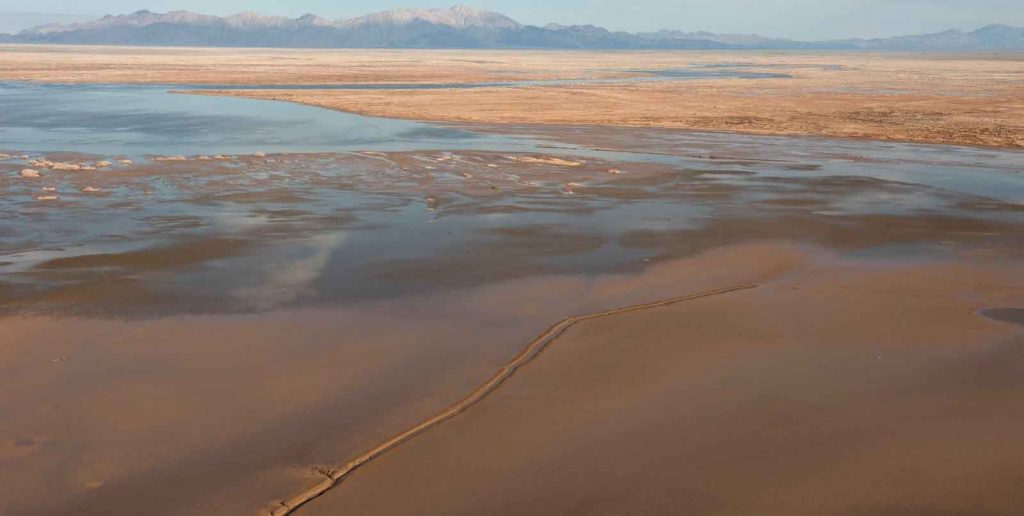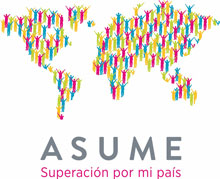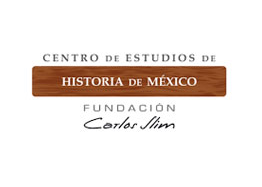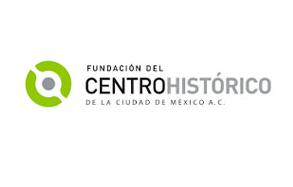Restoring the Colorado River estuary
Estuaries are the cradle of the ocean, places where many species of fish and shellfish are born and which protect them until they are of a sufficient age to emigrate to deeper waters. These unique coastal areas, where the river meets the sea, where fresh water mixes with salt water, are also compatible with a multitude of plants, birds and marine species, many of which can only be found in a single place on earth. Estuaries are some of the most productive ecosystems of the world, but also one of the most threatened. And when an estuary is seriously degraded, the effects have repercussions throughout the food chain for those who depend on fish for their subsistence and the local economy in general.
The estuary of the Colorado River in Baja California, where the Colorado River meets the Sea of Cortes, is one of these threatened estuaries. It provides a critical habitat for hundreds of thousands of coastal birds and is where shrimp, corvina (a local bass) and other marine fish are spawned and raised. Research in the two pasts has shown that the marine fisheries in the Upper Gulf of California depend on the flows of fresh water from the Delta. Twelve of the 13 species which represent 98 percent of the commercial shipments from the Upper Gulf call for low salinity water during their early development. This data suggests that an increase in river water creates a larger nursery for these fish, which in turn increases the adult population in subsequent years.

In 2002, 55 scientific experts and resource managers representing both Mexico and the United States drew up priorities to guide future conservation of the Colorado River Delta and the Upper Gulf of California. As part of this process, the group identified the estuary as one of the 15 priority conservation areas in the region. Following the suggestions arising from the workshop and published in a 2005 report, the Sonoran Institute México combined forces with a large number of partners to improve the habitat of the estuary and helped to save the many species and the work which depends on this ecosystem. Included in this effort are Pronatura Noroeste, The Nature Conservancy, University of Arizona, Comisión Nacional para Áreas Naturales Protegidas, Centro de Investigación en Alimentación y Desarrollo, Universidad Autónoma de Baja California, and the Comisión Estatal de Servicios Públicos de Mexicali.
Since 2014, the Alliance WWF- FCS. has supported the Sonoran Instituto México by means of the Project “Improving the estuarine habitat of the Colorado River: reconnecting the river and the sea”. Get to know the project in the next video:
The Alliance WWF -Carlos Slim Foundation works in six priority regions (Mesoamerican Mexican Reef, Chihuahuas Desert, Gulf of California, Monarch Butterfly, Oaxaca and Chiapas) with local, national and international partners, combining efforts and financial and human resources in the field of sustainable development and conservation of the biodiversity. Likewise, it works hand-in-hand with federal and state government agencies in order for the investments to contribute to complying with national and regional goals.









